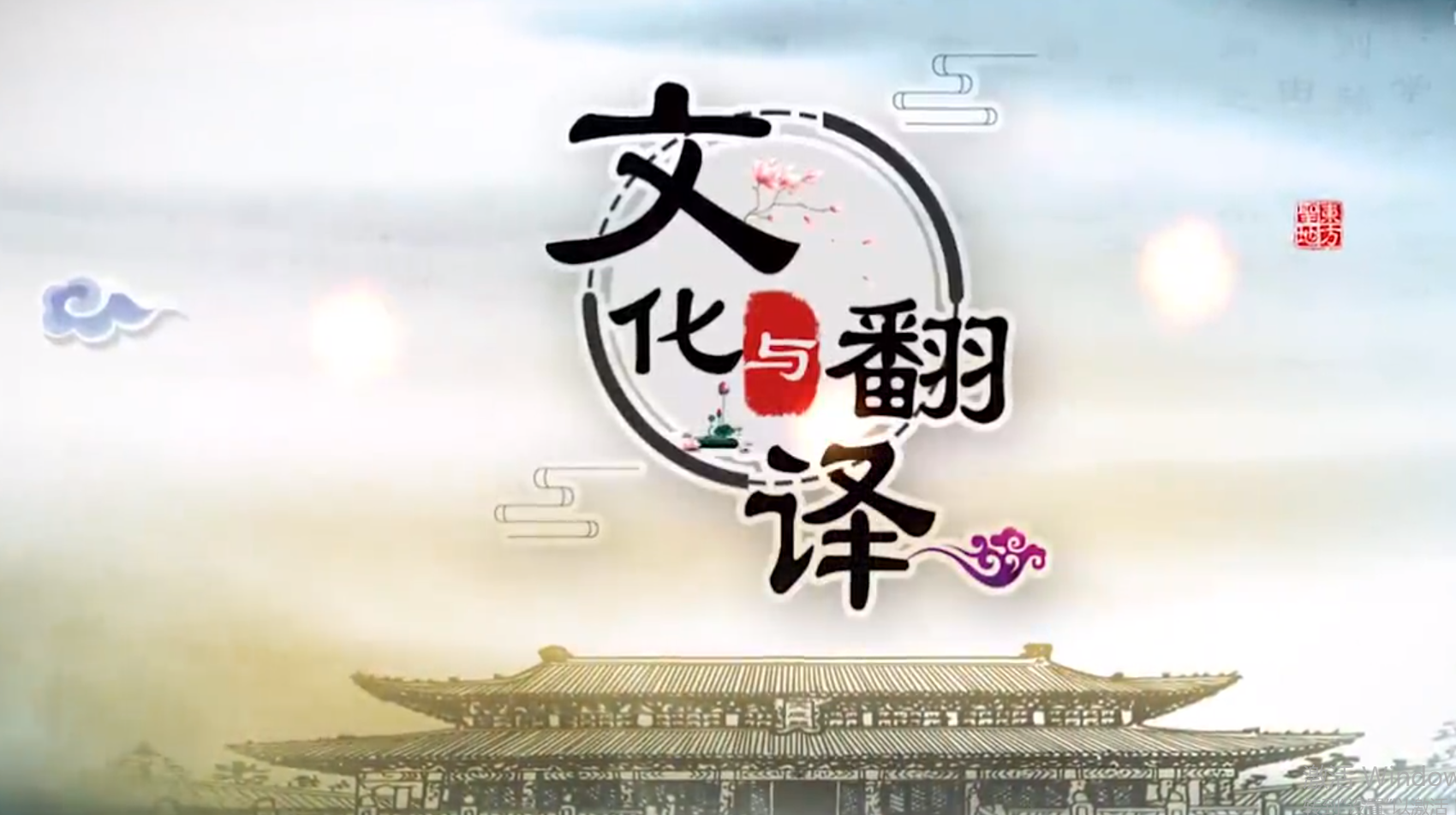第一章测试1.Chinese sentences are subject-prominent, whereas English sentences are topic-prominent.
A:错 B:对
答案:A
2.Generally speaking, English-Chinese translation is changing static language into dynamic language.
A:对 B:错
答案:A
3.Language is influenced and shaped by culture, and therefore reflects culture.
A:对 B:错
答案:A
4.Translation is a pure linguistic conversion from one language to another; it is kind of intercultural transformation, interpretation and representation.
A:对 B:错
答案:B
5.The term faithfulness refers to ___.
A:the meaning in the target language should be faithful to the meaning of the original. B:the translated text should be in accordance with the language rules of the target language. C:intelligibility of the target language text. D:a translation to be aesthetically pleasing.
答案:A
6.The phrase “属牛” can be translated into ____.
A:was born in the year of the horse B:was born in the year of the bull C:belong to the bull D:belong to cattle
答案:B
7.English is hypotactic, while Chinese is paratactic. With the use of inflections, English sentences tend to have strict and compact syntactic structures.
A:错 B:对
答案:B
8.Chinese tends to use verbs. While, English tends to employ more nouns, especially abstract nouns, and prepositional phrases, as well as the large amount of adjectives, adverbials and weak verbs and phrases.
A:错 B:对
答案:B
9.The learned interpreter Yan Fu has stated his principles of “five no translation”, which refer to five cases in which transliteration should be used.
A:错 B:对
答案:A
10.Translation theory and criteria play a critical role in the process of translation. They are not separated but interrelated with each other closely.
A:错 B:对
答案:B

